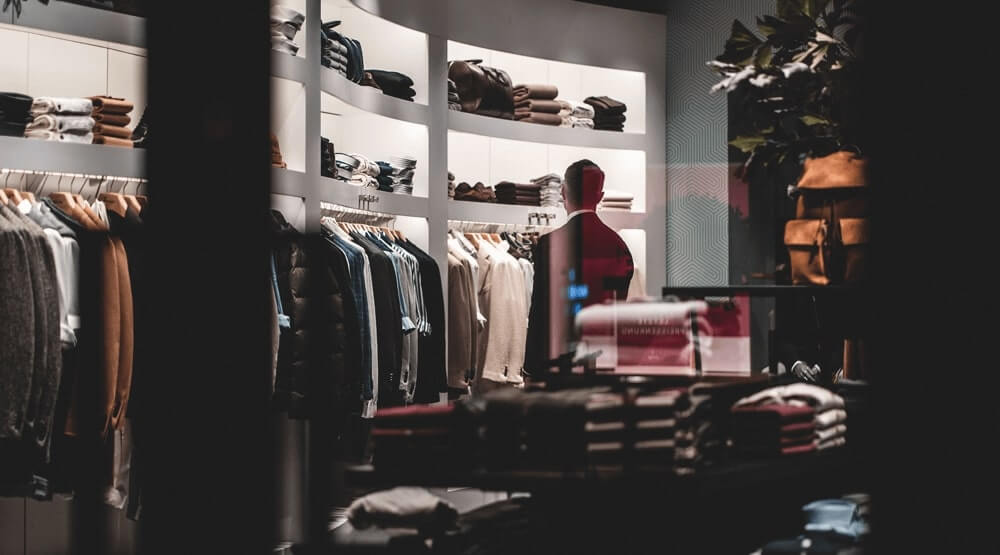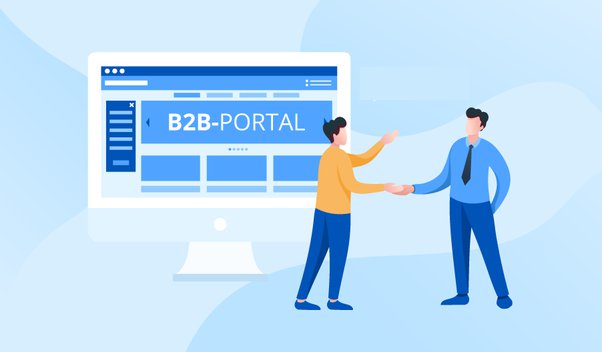Merchandising in Retail: best practices of the biggest brands
Offline stores will survive! Even in the world of online shopping, over half of the buyers want to visit offline stores to see the goods and touch them before buying. Popular retail brands know this, and take measures to ensure their goods are highly visible.

Entering the store, buyers encounter lots and lots of hidden messages encouraging them to buy. These messages are broadcasted via special promotions, exhibitions, and other events, all of which aim to fill the buyer’s cart.
Retailers invest in these techniques a lot since up to 80% of purchasing decisions are taken unconsciously. But besides psychology, what else does retail merchandising involve, and which brands do it best?
The merchandising idea
Retail merchandising includes the work of retailers and vendors and aims to sell more. A retail merchandiser may be responsible for one or all of the following tasks:
- Promotion management
- Product demo
- Planograms maintenance
- Shelves management
- Warehousing and storage
As both parties benefit, retailers and suppliers often work together to manage retail merchandising processes. Though, the supplier brands are usually more responsible for the perfect plan performance.
Let’s check out how some of the leading consumer goods companies manage their retail merchandising.
Kraft Heinz’s successful advertising campaigns
When the shop assistant is busy completing all the tasks they have, it doesn’t matter how hard a retail merchandising rep tries to build a perfect relationship with the management, and launch strong promotions and in-store sales programs. Kraft Heinz cares about retail merchandising programs success, so its employees rely on data to ensure an efficient display performance.
Instead of claiming the problem to the shop assistant, the Kraft Heinz team reports it straight to the retailer. The team carefully reviews the stores with the promotions scheduled and presents the results after the visit. This way, Kraft Heinz can prove that the retailer doesn’t perform its responsibilities, and misses potential sales.
After implementing this change, the Kraft Heinz team was able to increase retailer compliance by 80%, resulting in a 25% increase in sales!
Daiya Foods enhances the product display
Most vendors want to get as much shelf space for their products as possible, but only a few manage to get it enough. Daiya Foods is a vegan dairy supplier, which makes traditional retailers unsure about their value proposition. Daiya Foods uses data to prove that their product needs to be displayed better.
The growing popularity of vegan food and beverages is obvious, but Daiya needs to show why its brand should be displayed in the same line as the other dairy products. Just like Kraft Heinz, they rely on data to prove it. The team uses metrics showing growth and dynamics to capture the retailers’ attention and make them want to sign an agreement. Looks like this strategy worked, as in 2017 Daiya was acquired for over $300 million.
EVOLUTION_18 goes in an alternative category
While a data-driven approach brings certain benefits, sometimes a little creativity can be powerful as well. EVOLUTION_18 is a wellness brand, headed by Bobbi Brown, a legend of the beauty and health industry. Bobby’s experience helped the brand to position in another category, similar to her other businesses.
Although the product line consists of powders, shots, and oral capsules, the EVOLUTION_18 brand is sold along with the cosmetics, at the stores of the largest retailer in the country, instead of the shelves with the traditional supplements. What is more, the brand shelf has a great design, which strengthens the brand in the client’s eyes.
This is a very elaborated approach because cosmetics buyers probably know Bobbi Brown and her business, while supplement buyers may not. As a result, it made the attraction of buyers easier, and some of the goods were sold out shortly after they were displayed.
Using retail merchandising software
Successful brands understand the importance of technology. Any strong retail merchandising system is based on data. Retail software not only allows the collection of in-store data but helps turn it into great insights. An efficient system combines sales data with in-store data to build a complete picture of merchandising affecting the result.
Sharing data is essential to turn ideas into actions, and actions into results. If suppliers and retailers do not share data transparently and efficiently, they risk missing out on sales opportunities. Effective software allows data presenting and reporting for mutually beneficial outcomes.
CT Vision solution is tailored for automatic recognition and analysis of the presence and location of the goods on the shelves, price label control, and promo materials relevance. The solution allows the collection of field data immediately — offline with mobile devices, and significantly reduces the time spent by sales representatives with clients.
To keep up with the modern market, retail brands have to consider the value of the merchandise. Training, learning from others’ experiences, and using retail merchandising software can help to increase sales via the retail channel.
MD Cloud’s experience in Retail
At MD Cloud, we select the best practices that worked well in accordance with your business type. The expert team analyzes your processes, enters every little detail, and offers the best solution based on our experience and the success of our clients and partners. Choose the best for your business contacting MD Cloud specialists for the consultation today.


